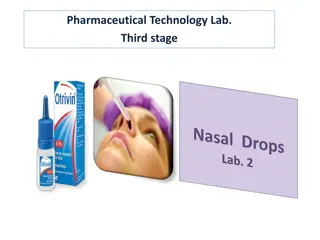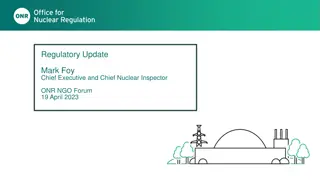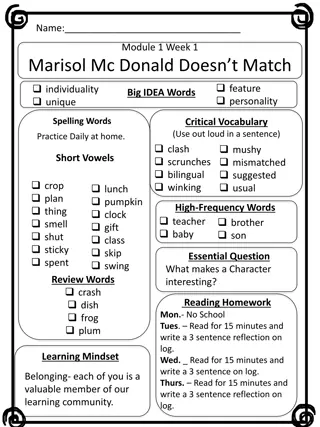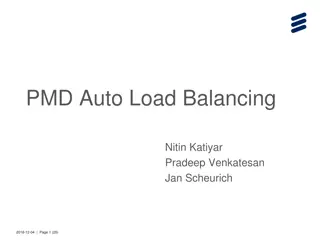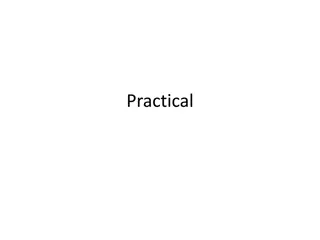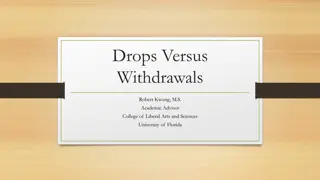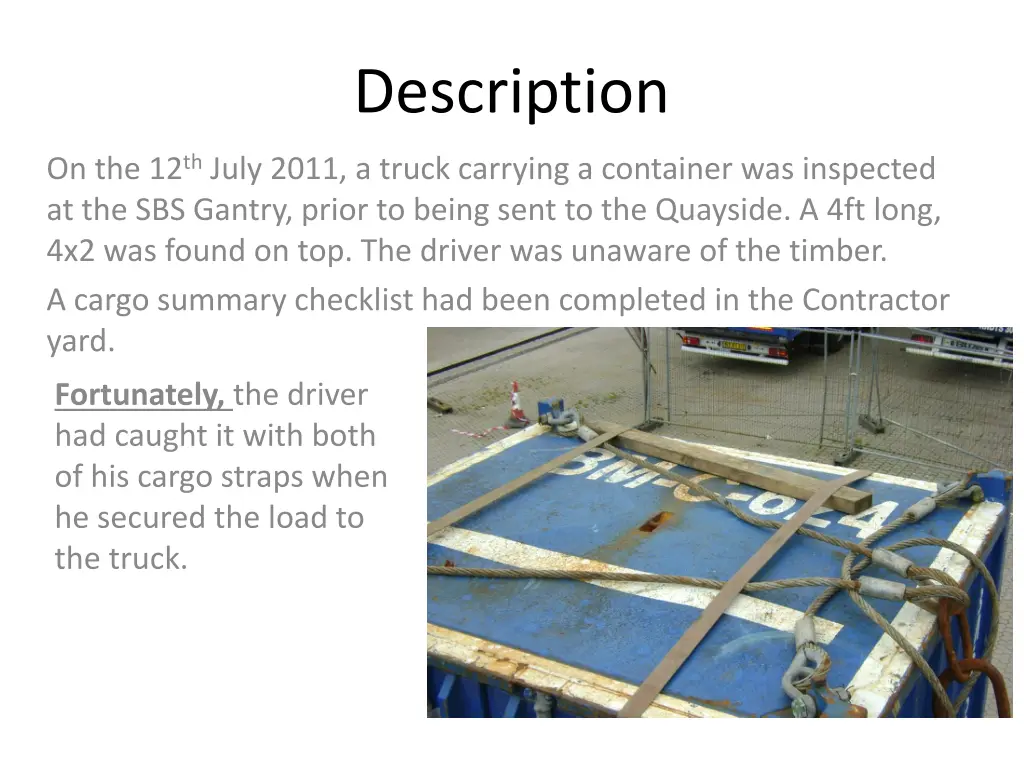
Cargo Inspection Incident Analysis
An incident analysis of a cargo inspection failure on July 12, 2011, involving a truck carrying a container at the SBS Gantry. The root causes included failure to follow policy, inadequate tools for inspection, improper motivation, and lack of structured training for high-risk positions. Recommendations include updating checklists, implementing preventive tools, and enhancing training programs.
Download Presentation

Please find below an Image/Link to download the presentation.
The content on the website is provided AS IS for your information and personal use only. It may not be sold, licensed, or shared on other websites without obtaining consent from the author. If you encounter any issues during the download, it is possible that the publisher has removed the file from their server.
You are allowed to download the files provided on this website for personal or commercial use, subject to the condition that they are used lawfully. All files are the property of their respective owners.
The content on the website is provided AS IS for your information and personal use only. It may not be sold, licensed, or shared on other websites without obtaining consent from the author.
E N D
Presentation Transcript
Description On the 12thJuly 2011, a truck carrying a container was inspected at the SBS Gantry, prior to being sent to the Quayside. A 4ft long, 4x2 was found on top. The driver was unaware of the timber. A cargo summary checklist had been completed in the Contractor yard. Fortunately, the driver had caught it with both of his cargo straps when he secured the load to the truck.
Immediate Cause Failure to Follow Policy/Standards/Procedures/Work Instructions/Practices/Rules For every lift, a "Cargo Summary" checklist is filled out & signed off by the forklift driver / inspector loading the cargo onto the truck. One of the points which was signed off was: "Have you checked for and removed any loose objects, eg. tools, debris, rust, on the lift or in the forklift pockets" Due to the top of the container being out of the line of sight of the forklift driver / inspector, the top of the container was not thoroughly verified. Failure to React/Correct The risk had been identified previously that it was difficult to view the top of the containers. As such, inspection mirrors had been ordered just a week prior to the incident. At the time of the incident, the mirrors, although at the location, were not in use. Inadequate Documented Instructions Upon reception of the inspection mirrors, the "Cargo Summary" checklist should have been updated as a reminder to al inspectors that it is mandatory to use the inspection mirrors to get a clear view of tall containers. Inadequate Communication Infrastructure/Process The inspector on duty at the time was a contractor who had started working with the Dispatch team on 11-July-11. The incident occurred just 9 days later. The contractor had been through the base induction and the hands-on training by the dispatch team. A more structured, documented training program should exist for all high-risk positions.
Root Cause Improper Motivation - Improper attempt to save time or effort - If adequate time was taken to thoroughly search the container (including the top), the debris would have been noticed and removed. Inadequate Leadership and/or Supervision Inadequate instructions, orientation, and/or training - Instructions and enforcement of preventative tools should have been in place immediately upon receiving the inspection mirrors. Inadequate Standards/Procedures/Work Instructions Inadequate communication of Standards/Procedures/Work Instructions - Publication - New guidelines should have been promptly included into existing preventative checklist. Inadequate Leadership and/or Supervision Inadequate instructions, orientation, and/or training - Inadequate structured training program for high-risk positions which contractors undertake
Tools at Height Audit Deck Crew Working at Height Tools for Cranes Rope on Grease Gun Lanyard on Sledge Hammer Seized socket lock mechanism on ratchet.
Key Observations The tools did not comply with the DROPS Working at Height recommendations (Laser cut inserts, socket retention, landyards, purchased tools adapted onboard etc). Inventories were taken but nothing done if items were found missing. They might turn up tomorrow . There were insufficient tools for the tasks identified on the rig (Derrick bolt checks, greasing etc) The tool box on the rig floor had been compromised so that tools were available for adhoc repair.
Way Forward A new generic tool box has been ordered. Requirements and controls for tools on the floor and at height will be reviewed to meet all needs. The rig are performing a review of all equipment which requires maintenance at height to ensure they have all of the required tools. These will be added to the Toolbox. Specific Training will be done with all people who need to use Tools at Height . This will cover inventories, tool checks, practices etc.



